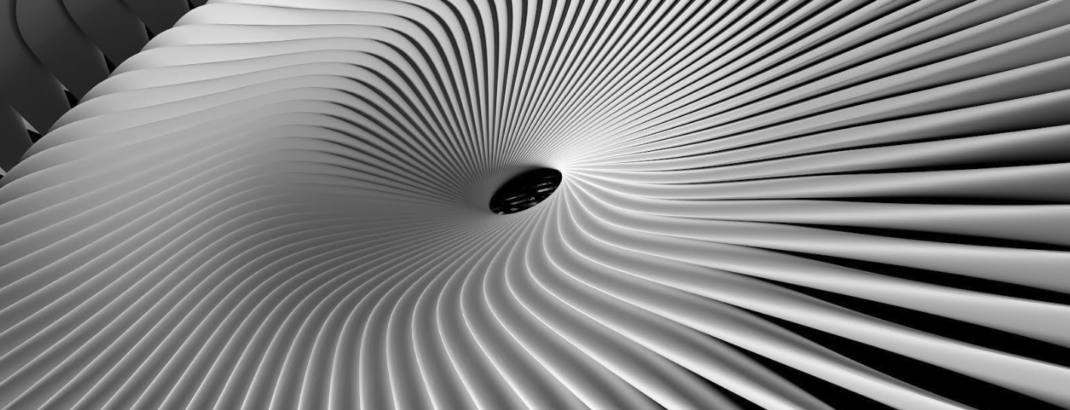Particle Homogenising Modeling is based on the company’s metal binder jetting platform and leverages ceramic nanoparticle inks
Original Source: VoxelMatters (Davide Sher, 27 September 2023)

Ricoh’s Research and Development (R&D) team is among the most innovative and creative in all of the Additive Manufacturing (AM) sphere, pushing the limits of the most complex materials. After showing off several aluminium binder jetting applications, the company is now also turning its attention towards technical ceramics with a new PHM, Particle Homogenising Modeling, approach.
The project, led in Japan by Kiichi Kamoda, Project Leader of Additive Manufacturing for Structural Ceramics at Ricoh Company Limited (RCL), targets production via binder jetting of large parts made with technical ceramics such as alumina and silicon carbide. As recently detailed in VoxelMatters’ Technical Ceramics AM Market Study, this is a small sector with a very high growth potential. Some of this potential lies in the ability to produce larger parts quickly using binder jetting technology.

Ricoh R&D team points out that ceramics cannot be melted and moulded as they have a high melting point and are not easily machinable. So in existing processing methods for ceramic parts, there is a trade-off between size, thickness, and shape complexity. The same applies to existing 3D printers for ceramic materials.
The Process
So, the company is turning to a process it calls Particle Homogenising Modeling, or PHM, to produce denser green parts by adding a nanoparticle ink.

Ricoh believes that greater use of ceramics can contribute to various fields. For instance, using ceramics means parts exposed to high heat or in corrosive environments may be lightweight and have improved system efficiency. Ricoh intends to use PHM to achieve functions and quality not possible in the past by controlling homogenization, an extremely complex phenomenon triggered by a reaction between the granulated particles and the nanoparticle-containing ink.
Ricoh is developing particle homogenizing modeling to overcome these challenges. Working with materials and processes, the development team is determining how ceramic objects can be manufactured, in the shortest time possible, to have the forms and strength required for structural components.

In PHM, primary ceramic particles (small particles) are bonded with a small amount of resin to form secondary particles (granulated particles), which are spread with a roller. The ink that contains ceramic nanoparticles is applied to the target areas of the secondary particle layer. The ink breaks the secondary particles as it spreads, and the nanoparticles enter the gaps between the primary particles. Thus, the ceramic nanoparticles are closely bonded together, homogenously, throughout the layer. This structure allows the layer to be sintered efficiently. This process is repeated until the object is formed in the powder; the liquid elements of the ink are then dried off to leave a green body. The green body is then taken out from the powder and baked to evaporate the internal resin elements. The object is thus sintered to have a high density.
What’s next?
According to Ricoh, this technology will resolve the tradeoff between shape complexity, material strength, production time, and production costs, which is often encountered with conventional processes. Ricoh is not the first to attempt to integrate nanoparticle inks to ceramic additive processes but the company intends to exploit its expertise in printer and toner development to combine inkjet technology with powder processing technology to create unprecedented functionality. The new process will be applied to alumina (aluminum oxide) and any materials that require sintering, including silicon carbide (SiC) and other ceramics.
Ricoh’s new PHM ceramic binder jetting technology will feature at Formnext 2023 (Hall 12.0, Stand B33), alongside exciting developments in Ricoh’s aluminium binder jetting, and Ricoh 3D‘s other materials, technologies and end-to-end service offerings.
